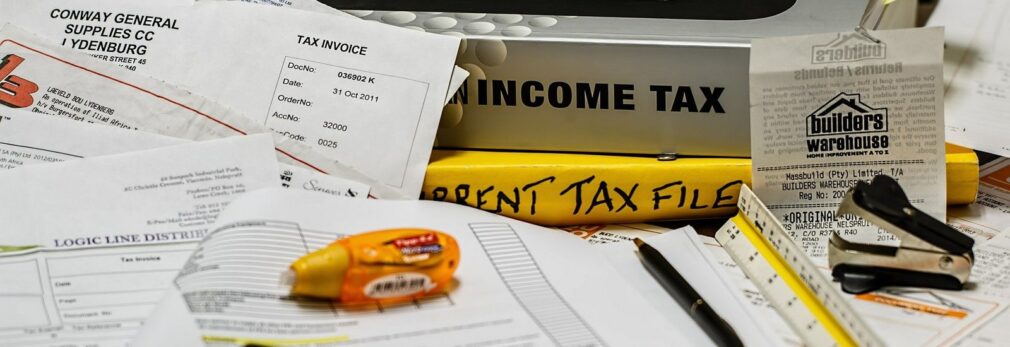Because of the high degree of decentralization, federal and state taxes are completely separate.
Thus, the federal government has no right to interfere with state taxation, while each state has its own tax system, which is different from the systems of other states. This is why it is important to choose the right state to incorporate in, but we will talk about this in more detail in Part 5.
You should also understand that there may be several jurisdictions within a state that may also levy taxes. As administrative entities, there are nearly 85,000 counties in the United States that fall under local government jurisdiction. Almost all states are divided into counties, and there are approximately 20,000 municipalities.

Counties, municipalities, and townships (specific local entities) have their own governments. They can set their own budgets, levy taxes, and take other revenue actions.
Another important detail to understand: In the U.S., there is a principle of parallelism. This means that the same income can be taxed at different levels. Tax rates at the state level are lower than at the federal level.


